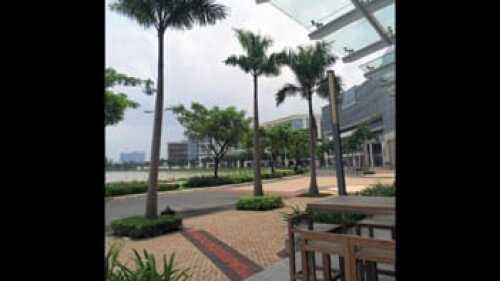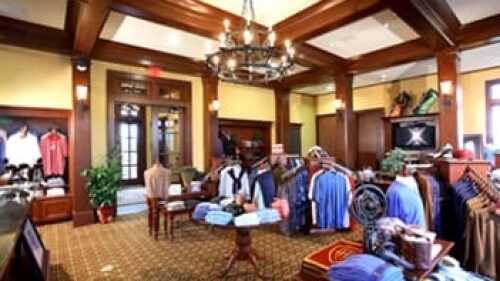One reason same-store retail sales and profits have dropped is the ongoing recession. But while painful, the recession is temporary. Technology-induced changes in consumer behavior are neither temporary nor insignificant.
The young have been leading the shift away from bricks-and-mortar stores to the web. Members of generation Y (those currently 15 to 29 years of age) currently purchase a preponderance of their discretionary goods via the internet. Generation X (30- to 46-year-olds) and baby boomers (47- to 65-year-olds) also are significantly increasing the amount of their total retail expenditures on the net.
Consumer receptivity to shopping online is encouraged by the following:
- A constraint on time—particularly for women;
- The fact that most internet purchases are tax free; and
- The fact that many purchases are delivered free.
This shift in purchasing habits is accelerating as the creators of virtual stores make it more fun and convenient to purchase items via computer, day or night. There is hardly an item one cannot purchase on Amazon.com, from books to electronics, from drugstore items to pet supplies, and so on. What’s more, the prices for these items are typically lower online than they are in stores. Of course, these lower prices make economic sense because internet merchants do not have the costs that in-store retailers have.
Furthermore, this trend has gone global. Retail chains that are well branded can create web pages with direct appeal to individual cultures and countries far more cheaply than they can develop and implement locational strategies for on-the-ground stores.
Oscar de la Renta, Isaac Mizrahi, Tony Burch, as well as bloggers and celebrities all host online boutiques, as do high-end stores like Neiman Marcus and Barney’s. Google’s recently opened luxury-goods shopping site—Boutiques.com—obtains information on what individual online shoppers are seeking in order to steer them to specific offerings. Such integration of individual preferences into the online shopping experience are game-changers for busy but picky customers. Boutiques.com joins other fashion sites, including the first, shopstyle.com, inaugurated in 2007, joined by Polyvore that same year and more recently (2010) by fashion.ebay.com. Zappos.com, one of the more popular internet sites, began as a purveyor of shoes but has since branched out to offer couture for both women and men. Zappos not only does not charge for shipping, but also does not charge for returns.
| Only those locations with tenants that offer goods and services that provide what one cannot get online will prosper. |
This trend will not stop with specialty apparel boutiques, however. Art is another luxury item that is seeing sales shift from the on-the-ground gallery to the net. For example, 1stdibs.com is expanding from luxury furniture and accessories to also represent art galleries. Instead of paying commissions, galleries will pay a monthly fee to 1stdibs.
In considering what this means for on-the-ground retailing, one is reminded of Vince Lombardi’s comment about winning. Location is not only important for merchandise, it has become the only thing. Only those locations with tenants that offer goods and services that provide what one cannot get online will prosper. As a result, specialty apparel stores will have fewer on-the-ground stores, but they will still have showplace stores in world-class cities.
World-class and first-tier cities that attract large numbers of tourists will be in the best position to survive, since shopping remains a visitor activity that can be expected to continue well into the future.
Second-tier cities and many suburbs, however, will have to investigate their most viable options. Some will be able to reprogram their existing centers by adding more experiential activities, such as food and beverage facilities, health and beauty spas, dog spas and services, and dry cleaners offering high-end tailoring, among other things. Other shopping centers will have the option of being redeveloped into mixed-use centers, including rental units for generation Y. Still others will want to study the viability of converting their center into medical facilities, including clinics and medical offices. Once President Obama’s health care plan becomes operative, there will be a significant shortage of health facilities—particularly in low- and moderate-income neighborhoods.
The bottom line is that the tsunami will soon arrive on our shores. Shopping center owners, developers, and in-line stores need to make appropriate preparations now.




